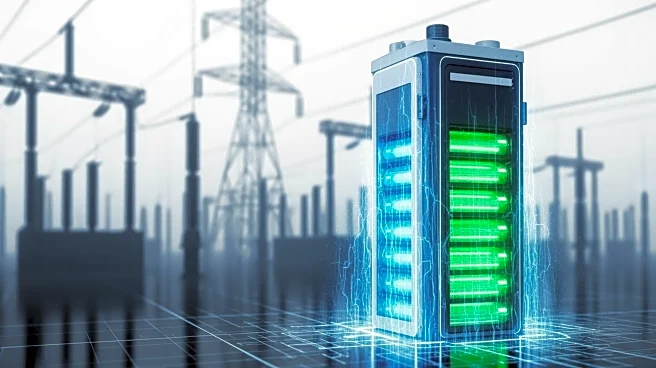What's Happening?
A recent study by the Lawrence Berkeley National Laboratory reveals that residential electricity prices in the U.S. have increased more rapidly than commercial and industrial rates from 2019 to 2024. The
report indicates a 27% rise in average residential prices to 16.5 cents per kWh, compared to a 19% increase for both commercial and industrial rates. The study highlights that while overall retail electricity prices fell in 37 states when adjusted for inflation, California experienced a significant 6.2% surge due to wildfire-related costs. The report also notes that state energy policies, particularly those with renewable portfolio standards, have contributed to rising electricity prices.
Why It's Important?
The increase in residential electricity prices has significant implications for U.S. households, potentially affecting disposable income and consumer spending. States with aggressive renewable energy policies may face higher electricity costs, impacting the affordability of energy for residents. The findings suggest a need for policymakers to balance renewable energy goals with cost implications for consumers. Additionally, the report highlights the role of investor-owned utilities in driving up prices, which could lead to increased scrutiny and regulatory actions.
What's Next?
As electricity prices continue to rise, there may be increased pressure on state governments and utilities to find solutions that mitigate costs for consumers. This could involve revisiting net metering policies, exploring alternative energy sources, or investing in infrastructure to reduce transmission and distribution costs. The ongoing demand for electricity, driven by data centers and manufacturing growth, suggests that price increases may persist, prompting further discussions on energy policy and consumer protection.












